When the Judgement of Paris (May 24) and Chardonnay Day (May 25) practically collide, you gotta wax poetic about Chardonnay. The French #Winophiles group of bloggers is celebrating both days end encouraging everyone to uncork a Chardonnay from France or America or both! As for me, I’m giving all the love to Chateau Montelena. I’ll get back to the French wine next month.
I have much love for Chardonnay. It’s seriously one of my fave wines to drink whether from the USA, France, Italy, Australia, dry, sparkling, you name it – I’m a fan. And yeah, I get it. You may have had some Cali Chardonnay back in the day that left you underwhelmed. Or some that you just outright hated. You may have had some last week that you didn’t love. But even when oaky, buttery Chardonnay was the norm in the USA, producers around the world (think French Chablis) were still producing Chardonnay in completely different styles. Given that Chardonnay is the 5th most planted wine grape in the world, it still baffles me when people tell me they don’t like Chardonnay. Unless you’ve had every expression from places around the world, how could you possibly say you don’t like it? And unlike wines like Riesling, Gewürztraminer, and Torrontes which are unmistakable in their aromatic and taste profiles, Chardonnay is more of a blank slate and takes on the characteristics of where its grown and what the winemaker decides to do with it. So if you’re STILL in the ABC (Anything But Chardonnay) club, stop it! Better yet, why not discover – or rediscover – one of the OG USA Chardonnay wines – Chateau Montelena.

Not too long ago, I was able to have dinner with Chateau Montelena head winemaker, Matt Crafton to learn about what he’s been up to. And I have to say, I loved so much about what I heard. I love that he’s not afraid to shake things up a bit and take the winery in new directions. That can certainly be a challenge in an estate as storied as Montelena. He’s done so much work around sustainability and spearheaded the largest vineyard replant and redesign in the winery’s history. But more that than, he’s not resting on past success and is always looking for ways to improve.
The Chateau Montelena Past ‘Judgement’ Looms Large
To be sure, taking over for a storied wine estate has to be one of the more difficult challenges a winemaker faces in their career. Taking over for one that made headlines as one of the winners of the 1976 Judgment of Paris wine competition is even more daunting. But that’s exactly the position that Matt found himself when he took over as headwimaker in 2014.
A little background for those not in the know – The Paris Wine Tasting of 1976, commonly referred to as the “Judgment of Paris,” was a wine competition organized in Paris on May 24, 1976. The competition consisted of a blind tasting comparison of French and American wines featuring Chardonnay and red Bordeaux varietals. Given that Napa was just an upstart at the time and France had a long history of producing fine wine, no one expected the American wines to fare well. But in the shock heard around the world, a Napa wine was voted the top wine in both categories. Not only was the 1973 Chardonnay from Chateau Montelena declared the top wine, there were three American wines voted in the top five for the white wines. The 1973 Stag’s Leap Wine Cellars Cabernet Sauvignon took top honors for red wine. Needless to say, this was a game changer and an iconic moment in American wine. So seismic was the moment that today bottles of Chateau Montelena and Stag’s Leap Wine Cellars are part of the collection at the Smithsonian’s National Museum of American History.
When you think of the sort of old guard of Napa, it’s natural to wonder how many of them are left. Some have been sold off, some have crumbled, and people may have thought the same about Montelena. But it still endures.
Because of its famous past, I just assumed that everyone grabs Chateau Montelena wines whenever they see them. Surely the pedigree and the name gives them an advantage. “It does, but then it doesn’t,” said Matt. “Lots of people know us, but when was the last time you had our Chardonnay?” I know I’d had the wine on several occasions, but couldn’t think of a recent time I’d enjoyed it. For sure, I’ve had their estate Cabernet Sauvignon more recently than the Chardonnay. But I realized that I sort of took for granted that everyone was drinking it. Of course, I taste a lot of wines and it was great for me to come full circle and enjoy these wines again. As a person that leans more Chardonnay than Cab, I so appreciated the precision of the Chardonnay. And yeah, after throughly enjoying it at dinner, I made it a point to remedy the lack of Chateau Montelena Chardonnay in my life and headed right out to Total Wine and grabbed a couple of bottles.
Taking on the Challenge of a Legend
Having been at Chateau Montelena since 2008, Matt had seen his share of change and upheaval. The winery was “almost” sold right when he started. ”I had literally just started and was in shock when they told me that it was going to be sold,” recalls Matt. But luckily things didn’t work out and owner Jim Barrett realized the gold mine that Montelena still was. After his father died in 2013, Bo Barrett returned to the winery as CEO and became committed to investing in the future of the winery. “He was like ‘we need to invest in the future and we need to look forward. If we’re going to keep this place and keep it going, we have to make better wine, grow better grapes,’” Matt recalls. In other words, they knew they could no longer rest on their laurels.
Matt, as the assistant winemaker at the time in 2013, took the mandate to heart. Not long after, he was promoted to head winemaker in 2014 and set to work improving this storied estate. “I was like, if we’re going to do this, we have to get serious. The status quo is no longer good enough.” And fortunately for him, Bo gave hm a great degree of latitude. Even if the freedom sometimes caused a bit of angst. “Of course I was totally terrified. I mean, here was this guy who had been a winemaker himself for like 35 years. It was crazy how OK he was with everything I wanted to do. He could have easily been like “you’re insane” but he didn’t.”
Part of the vision was making wines of great precision and expression. And for Matt, it was also important to invest in a sustainable future to ensure the winery’s longevity. He also understood that they were a bit of an underdog. “For a family business, we have to be able to compete with big corporate businesses.” Part of that is getting out and re-connecting with wine club members and other fans of the wines. “It’s part of what we’re doing here,” he says of our dinner.
Finding himself at the helm, he knew there were some things he needed to change. The first thing he did was get rid of what he calls SOP (“standard operating procedures”) and re-evaluated everything. “When you try to simplify things at a high level, it can be good, but it also takes away from the special, individual aspects of what you’re doing.” And he certainly wanted to take a more specialized approach and move away from doing things the way they had always been done. “I was like, we’re going to treat every single pick as if it was the only lot in the entire world. And sure, it sounds very specious and like grandstanding, but the mentality shift had to happen.” For Matt, if he was going to make world class wine, then he had to pay attention to every single detail. And not that Montelena didn’t take care and pay attention, but essentially Matt was leveling up. “Once you open up the opportunity to people to start thinking about things differently, so many good things can happen.”
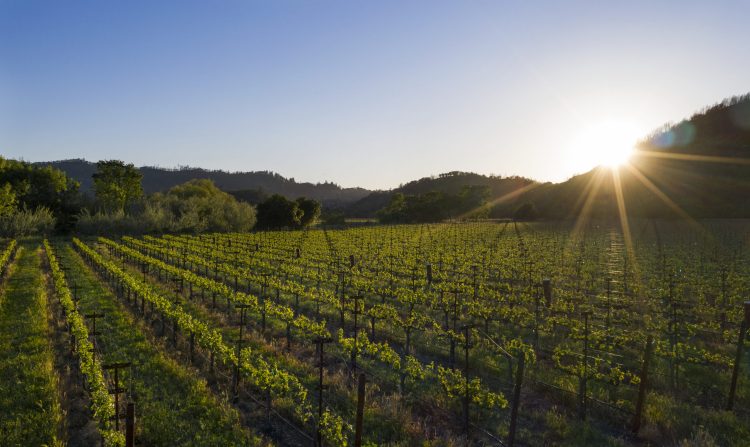
In the grand scheme of things, Chateau Montelena has remained small. With annual production around 35,000 cases, the winery is on a scale similar to Bordeaux’s Chateau Latour. For Matt, this allows him the opportunity to taste through every single barrel for quality. And it allows him to make extremely artisanal, beautiful wines that consumers can count on. Even today, they still only makes 6 wines as they have for a while. The idea is to keep things relatively simple and to ensure that their efforts are going into making the classic wines shine. The estate’s heritage goes back on the Chardonnay side of course. But many also know them for their stellar Cabernet Sauvignon. “The property is one of the best Cabernet properties I’ve ever worked at,” says Matt. “I’ve been all over Napa, Sonoma, the east coast of the US and there are only a handful of super, really special places and we have one of them,” says Matt. “Our estate doesn’t get the notoriety that other places like To Kalon and EIisele do. That’s primarily because we don’t sell the fruit to anyone else.” To be sure, if you think about places where the wines are not only incredibly expressive but also have ageability, Chateau Montelena seems to be in a really great spot.
During a recent replant (the largest in the estate’s history), Matt was cognizant of setting the winery up for the future. As luck would have it, Montelena has some of the most diverse soils in the Valley and have worked in recent years to create very specific soil maps that are accurate down to the meter. Because of this, they have a greater understanding of soil transitions, coupled with a better understanding of how things grow and the changing climate. It’s about making good decisions today that will protect the business and continue to improve the wines. “During the replant, we focused on using rootstocks that are extremely drought tolerant because we don’t know about the water situation. We re-oriented our rows so that even on the hottest day of the year, the sun is on top of our canopies instead of shining down on our fruit. Not only is it a good hedge for the future, it’s also quality driven. So we know we’ll end up with better fruit in the long term,” he says.
Today’s Chateau Montelena Chardonnay
During dinner, I was able to taste through some of the classics with Matt, including the 2018 Chardonnay. The wine had a slight chill, but it was pretty close to room temperature. And as I learned from Matt, that was by design. “A wine will always show its worse at room temperature, so whenever we do tastings, blends, comparatives, we do it at room temperature and in the crappiest glass we can find,” he says. “This means that the wines really have to perform. If they perform under these conditions, then they will perform at cellar temperature perfectly.” Of course, we didn’t drink our wine out of crappy glasses.
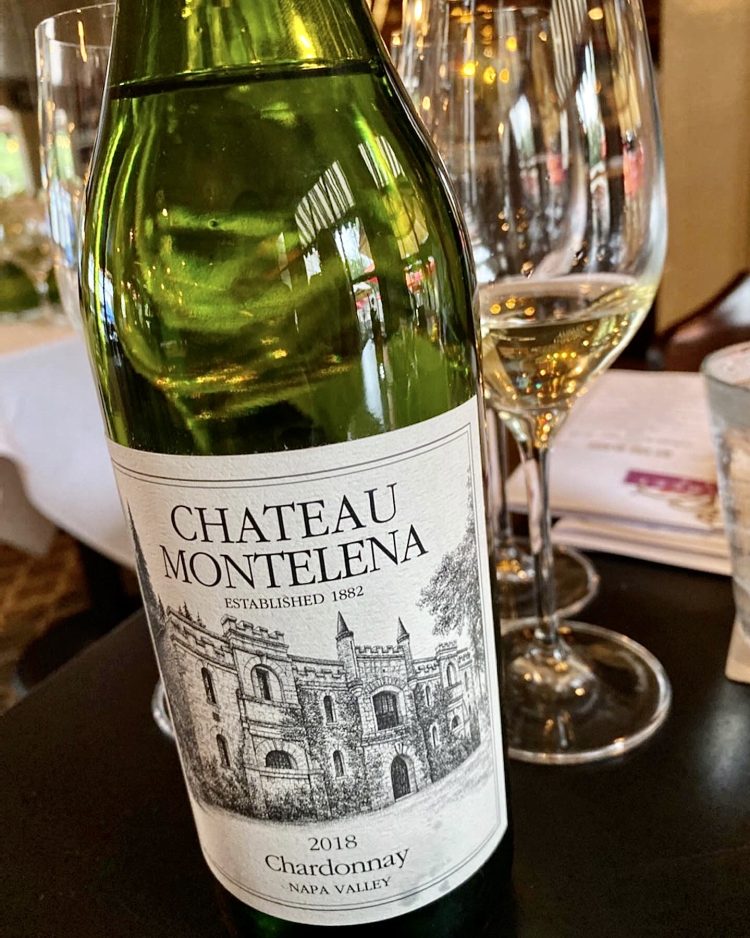
While the heritage and DNA of the Montelena Chardonnay goes back to the early 1970s, that foundation is still a part of the wine today. “Of course everyone thinks back to the Judgment of Paris, but the reality is that what went into that wine in the first place was extremely forward-looking, extremely creative, and from a curious team that was like, ‘we need to take the best of what the Old World is doing and put a really cool California spin on it,” he says. “And that DNA still pervades through what we do today.” Like then, there is no formula today for the wines that Chateau Montelena makes. “From a winemaker’s perspective, Chardonnay is the biggest blank canvas out there,” says Matt. “There’s no dictate that says the wines have to be of a certain profile. So there’s this blessing and a curse. On the one hand you’re like ‘oh my gosh’ this is an incredibly beautiful and site-driven wine and it has all this vintage variation, but on the other hand, it’s not scalable,” says Matt. When making Chardonnay, a winemaker has the ability to intervene and make big and oaky wines, but also has the ability to make more restrained and nuanced wines. Montelena strives to be the latter.
Having drank my share of swoon-worthy California Chardonnay from the likes of Santa Barbara, Santa Lucia Highlands, Russian River, (and don’t even get me started on Oregon) my mind doesn’t necessarily think of Napa when I’m looking for American Chardonnay. And that’s probably fair. But as Matt says, “There are really beautiful pockets of Napa that do Chardonnay really well.” And many of them are quite site specific. “If we stopped growing Chardonnay and sourced it from somewhere else, we certainly couldn’t make this same wine given how site specific it is,” he says.
Montelena’s Chardonnay comes from the Oak Knoll District about a mile north of the city of Napa on Hwy 29. For Matt, it’s the perfect latitude and site for the Montelena Chardonnay that he produces. To craft the wine that he wants, he’s limited in where the fruit comes from because it’s a non-malolactic wine and he’s cognizant of the acidity levels he wants the wine to have. “We have to keep the acid very present. But it can’t be too much and it can’t be too little. If you go too far north, you may end up with a strange wine that gets flabby and isn’t really delicious.” Montelena grows about 70% of fruit for their Chardonnay and source the rest from growers they’ve been working with for over 30 years. And these growers have a commitment to Montelena. “The deal is, if you grow for us, you grow exclusively for us,” says Matt. “We just try make it fair and equitable so that their success is tied to our success and vice versa.” This of course ensures that they get the best that the growers can produce.
Even given the history of Chardonnay at Chateau Montelena, Matt hasn’t been afraid to put his own stamp on the wine. “It’s all about a new way of looking at things. One of our new Chardonnay blocks that came online from Burgundy a few years ago, Clone 548, is a really beautiful, aromatic expression of Chardonnay, which is great because Chardonnay is not known for being aromatic. It’s a very perfumy and floral clone, but it’s soft and subtle and doesn’t have a lot of body,” he says. “Before, we might have treated it like all of the other blocks and things would have turned out ok. But now, it’s like ‘how do we handle this in a special way so that we make sure we preserve those really beautiful aromatics?’” Handling each block, each clone, each barrel separately was one of the early decisions that has continued to pay dividends. “It may sound really simple, but when you’re in the middle of harvest for 8 weeks working 16 hour days and it’s dirty and cold, the one thing you want to do is just to keep doing what you’re doing. But we realized that to take the wines to the next level, we had to do things differently. So that was one of our first major changes.”
He also sought to understand wines on a more “chemical” level. “I needed to know why I like things,” he laughs. “Early on, I hired an analytical chemist. I needed to understand what specific things about a wine made it exciting to me.” It was about more than just things like “body” or “complexity” or “richness” or whatever other terms we wine folks like to wax poetic about. “That way, I could take the best pieces, put the right spin on it, and be focused and forward thinking in what I was doing.”
And the proof is in the bottle. The Chardonnay is exquisite! It may seem cliché, but Chatuea Montelena has once again captured the elegance of the Old World and added in some Cali Love. And I’m here for it!
Be sure to check out the all Chardonnay Love from the other #Winophiles:
“A Tale of Two Chardonnays: From France’s Pays d’Oc and California’s Russian River Valley” from Camilla at Culinary Cam
“No to Chardonnay? Don’t Be So Judgy!” from Cathie at Side Hustle Wino
“Chardonnay; Old World vs New World in Today’s World” from Wendy at A Day in the Life on the Farm
“Chardonnay Unites Us More than it Divides” from Susannah at Avinnare
“How to Think About the 1976 Judgement of Paris in 2023” from Jeff at Food Wine Click
Celebrating Chardonnay: Chard White Lasagna with Bourgogne’s Paul Pernot, Czech’s Thaya, Oregon’s Nysa from Gwendolyn at Wine Predator
“Chardonnay Day with Domaine Charton-Vachet Montagny Cuvee” from Deanna at Wineivore
“Chardonnay – Rich Wine, Rich History” from Lynn at Savor the Harvest
“Toasting Chateau Montelena Years After the Judgment on Chardonnay Day” from Katrina at The Corkscrew Concierge
*Cover Photo Courtesy Chateau Montelena

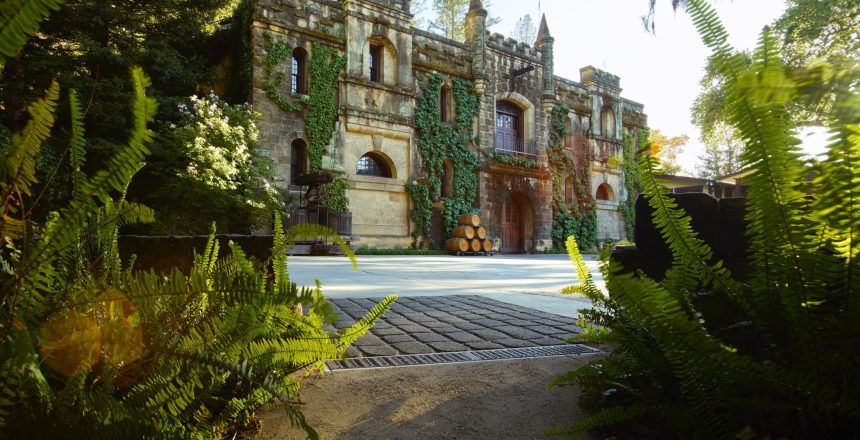
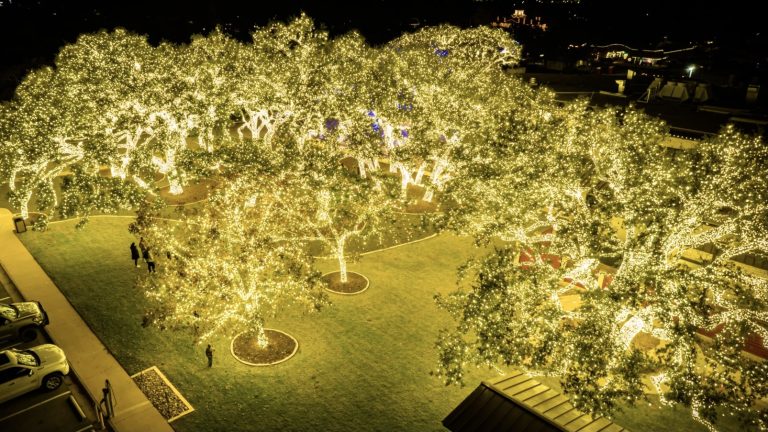
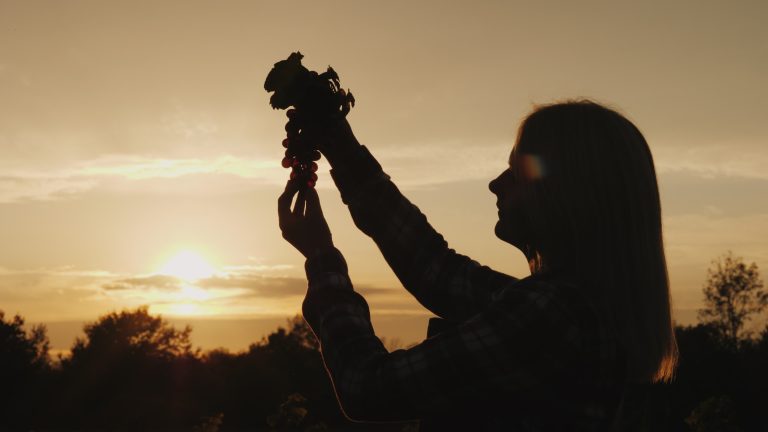
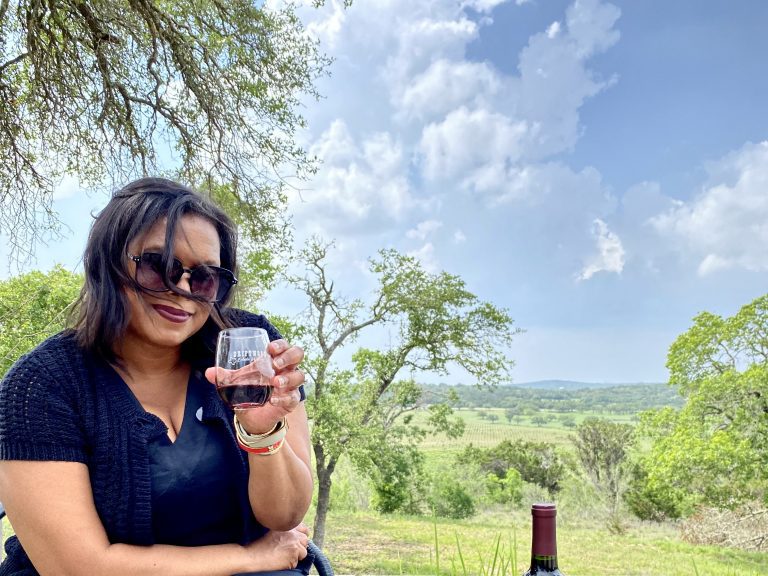

2 Comments
Lynn
•11 months ago
I like your style, you remedy the lack of Chateau Montelena Chardonnay in your life by grabbing some! I haven’t had a younger Montelena Chard in a while and will do the same my next trip. Nice article Katrina 😉
Kat
•11 months ago
It had been a while for me, but happy to have been re-introduced.